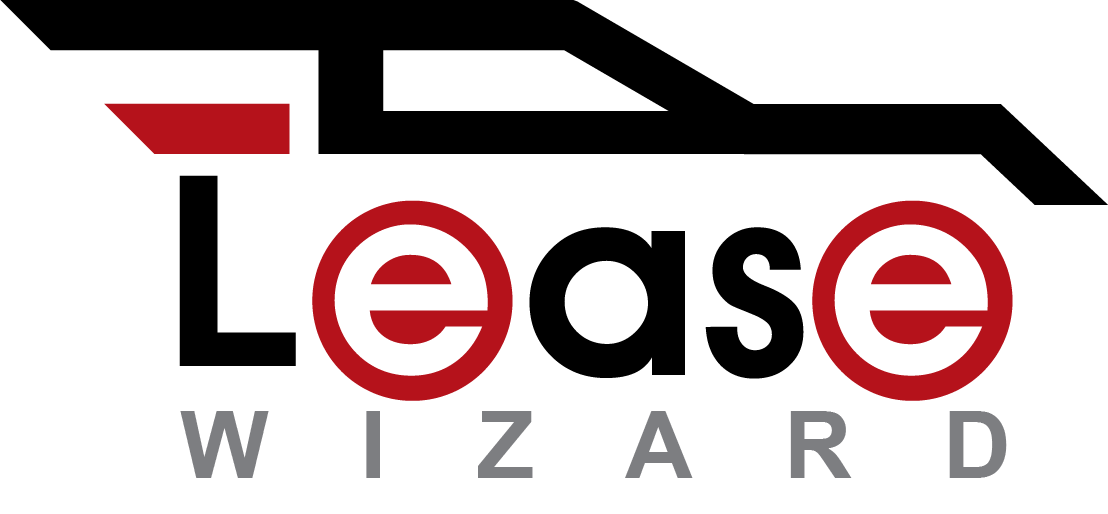
Open-ended vs. Closed-ended Leases
**This post contains affiliate links and the publisher may be compensated if you make a purchase after clicking on these links.**
You may see a lease referred to an "open-ended" or "closed-ended", if you do it's likely to be in the fine print, legalese, or wherever the dealer/manufacturer/lessor has put some important but confusing details they hope you won't read. Even worse, maybe the advertiser won't put it in the fine print but puts "open-ended lease" or "closed-ended lease" in big print next to some out of this world offer - how do you know whether it's a good deal or not?
What's the Difference Between Open-ended and Closed-ended leases?
In short, in an open-ended lease the lessee is the one on the hook if the actual value at the end of the lease is below the residual value set at lease inception, and in a closed-ended lease it is the lessor. Usually, your contract will be a close-ended lease, but it’s still...
